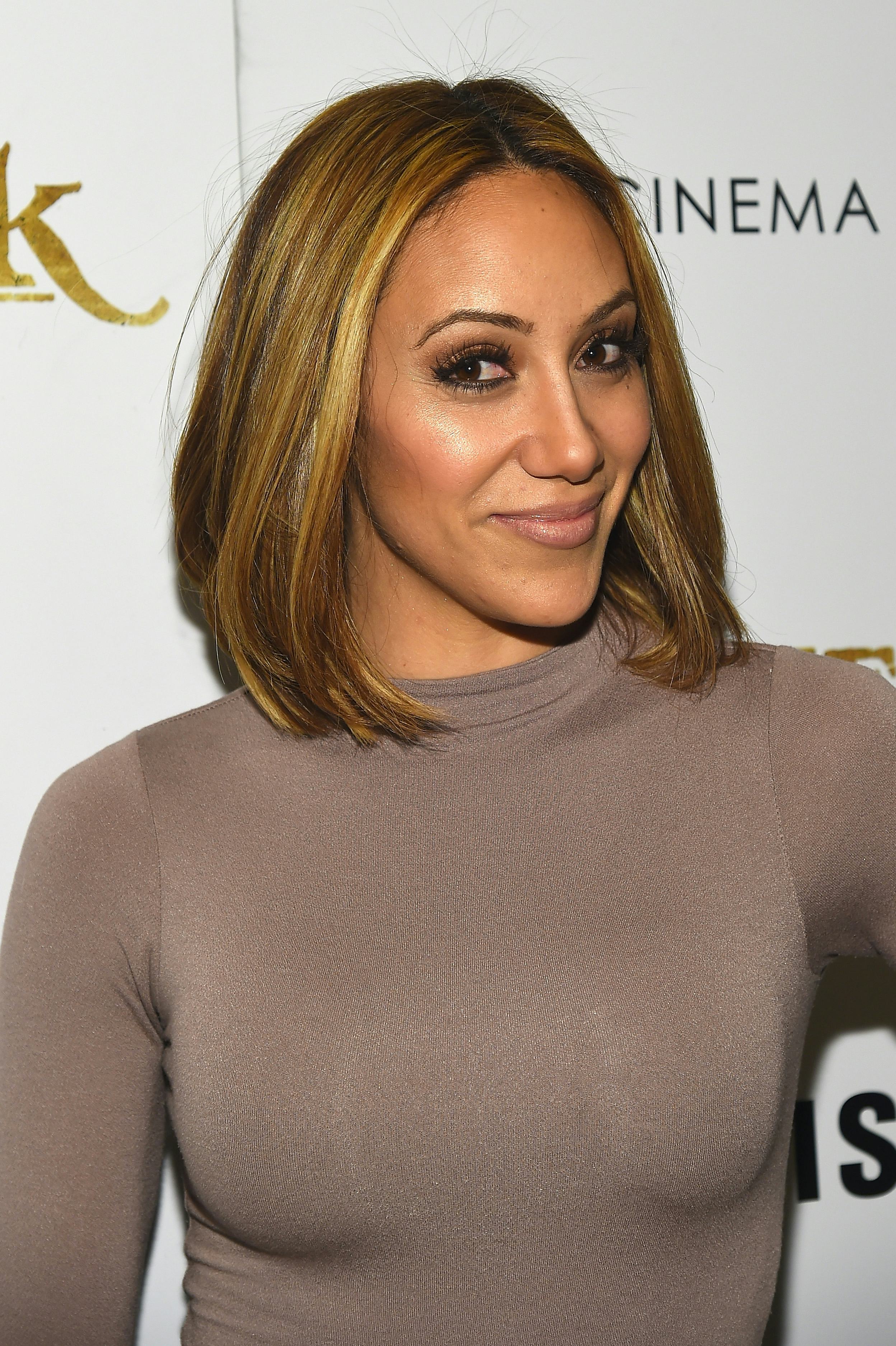Table Of Content
See the full set of material design icons in the Material Icons Library. Material design system icons are simple, modern, friendly, and sometimesquirky. Read the developer guide on how to use the material design icons in your project.
Design approach
Everything I hate about Google's new Material You design system - Android Police
Everything I hate about Google's new Material You design system.
Posted: Sat, 06 Nov 2021 07:00:00 GMT [source]
A system icon, or UI icon, symbolizes a command, file, device, or directory. System icons are also used to represent common actions like trash, print, and save. A soft tint above all elements to provide surface lighting, fading from upper-left to lower-right. System icons represent a command, file, device, directory, or common actions.
Gridicons
Taking a lighter spin on Google's Material Design guidelines, MDI Light slims down icons to be modern, crisp, and clean. SVG files are available in the directory “svg”, followed by icon name. Each directory contains up to 5 SVG files, one for each icon variation.
Meet my Android screen of shame, where all my non-themed app icons live - Android Police
Meet my Android screen of shame, where all my non-themed app icons live.
Posted: Sun, 14 May 2023 07:00:00 GMT [source]
Setup Method 1. Using via Google Fonts
IOS has the concept of a UISemanticContentAttribute that is attached to each view. This can be unspecified, forceLeftToRight, forceRightToLeft, playback or spatial. IOS uses this value and the (left-to-right (LTR)/RTL setting of the device presenting the interface to determine the effectiveLayoutDirection of the view. This effectiveLayoutDirection determines whether or not to mirror an image when it is displayed. Icons should only be mirrored if their direction matches other UI elements in RTL mode. When an icon represents visual features of your website that are different in RTL, then the icon should also be mirrored in RTL.
Material Design Iconic Font
The Vector Drawable is currently only available as a black 24dp icon. This is for compatibility with our most standard icon size. To render the icon in a different color, use drawable tinting available on Android Lollipop. To get SVG files, you can either clone GitHub repository or install @material-icons/svg NPM package.
Edge tint and shade
Adequate space around the icon is needed to allow for legibility and touch. The example below shows how to implement a simple RTL CSS rule. For more in-depth documentation on how to implement RTL on iOS and macOS, please review Apple's RTL documentation.
The complete set of material icons are available on the material icon library. The icons are available for download in SVG or PNGs, formats that aresuitable for web, Android, and iOS projects or for inclusion in any designertools. We have made these icons available for you to incorporate them into yourproducts under the Apache License Version 2.0. Feel free to remix and re-share these icons and documentation in yourproducts. We'd love attribution in your app's about screen, but it's not required.
File Icons
Maintain a 2dp width for all stroke instances, including curves, angles, and both interior and exterior strokes. Consistent corner radiuses are key to unifying the overall system icon family. A 2dp corner radius is used on the silhouette form of the icon. Do not round the corners of strokes (shapes 2dp wide or less). Icon content is limited to the 16dp x 16dp live area, with 2dp of padding around the perimeter.
If you need a different size, change width and height attributes in the icon. SVG files are scalable, duplicating them for different sizes is pointless. Tinted edges highlight the top edge of elements (the left, right, and bottom edges are not tinted). To provide a sense of depth, treatments are applied to the top and bottom edges of Material Design elements. Android O icons represent your app on a device's Home and All Apps screens. The following guidelines describe how icons can receive unique visual treatments, animations, and behaviors.
If you need another format, please open an issue on this repository and specify what format, size and colour you need. Avatars must fit within the 30x30 dp space and be centered, vertically and horizontally, within the live area. Standard shortcut icons have a Material system icon centered within the live area. Don’t distort the icon by having unequal width and height values. Icons should have equal width and height (e.g. 24x24) to avoid distorting the icon. Do position icons “on pixel” – meaning the X and Y coordinates are integers and do not contain decimals.
Maybe one day these icons will be merged into the official repository. The “master” branch includes few custom icons as well as fixed icons that were slightly modified (such as “outline” icon being changed to have the outline). The “original” branch includes only icons from material.io with some bug fixes. Iconify project makes it easy to add SVG icons to websites and offers over 100,000 icons to choose from. This readme explains how to use updated icons set in your projects.
Material Design Icons is the official icon set from Google. The icons are designed under the material design guidelines. Within the material environment, virtual lights illuminate the scene and allow objects to cast shadows. A top light cast on material elements creates a contact shadow while highlighting the top and bottom edges. An angled light reinforces the sense of surface across the elements. Android expects product icons to be provided at 48dp, with edges at 1dp.
To ensure color harmony, follow the appropriate value for each. A soft shadow around all edges of a raised material element. Shade is the mixture of a color with a darker hue, which darkens the original color. By default on the web, icons are not mirrored when the layout direction is mirrored.

No comments:
Post a Comment